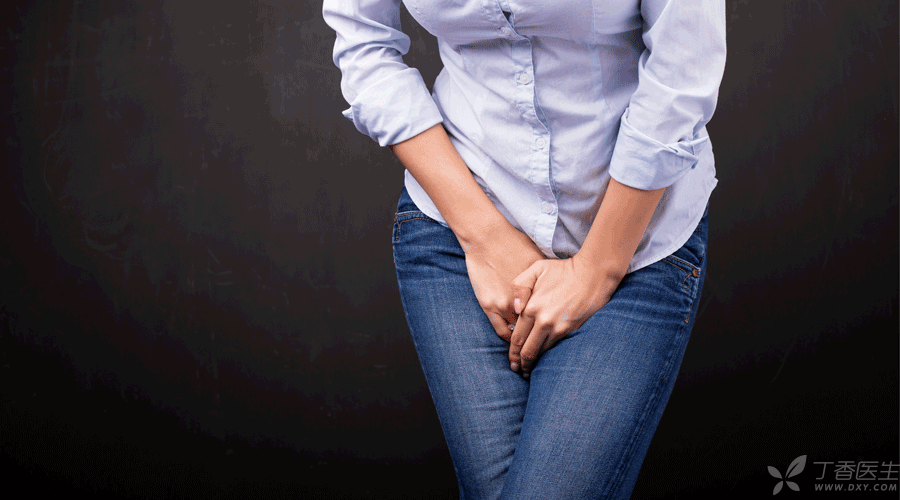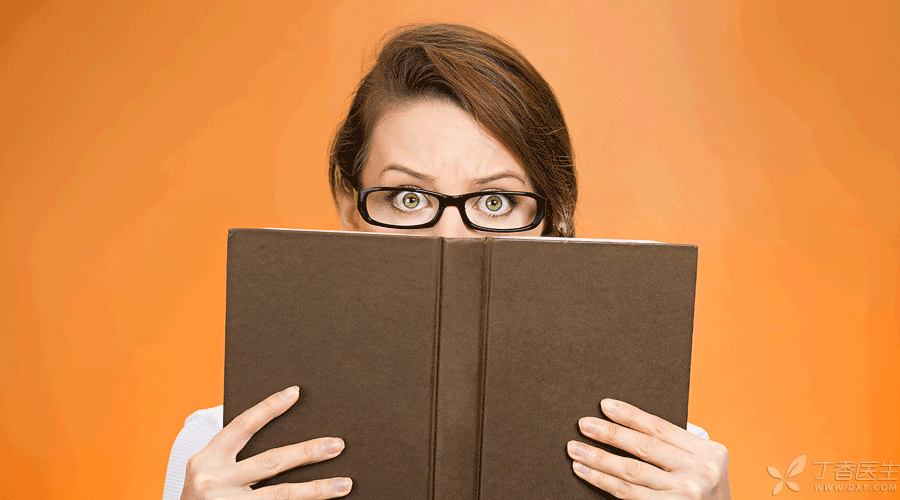
At ordinary times, when we encounter very funny things in what, we often express this intuitive feeling by laughing and urinating. But if it really happens, we can’t laugh it off. We must pay attention to it, because it may be a disease and must be treated!
Is it what’s disease that laughed and urinated?
This disease is medically called stress urinary incontinence, which is usually manifested by sudden leakage of some urine after laughing, coughing and sneezing, and cannot be controlled at all. The embarrassment of bold capital letters is simply a matter of minutes.
In addition to urgent urination, frequent urination, endless urination, etc., there may also be symptoms of bladder fullness.
Some patients may even find something bulging out of the vaginal opening, like a ball, which is called vaginal bulging. 80% of patients with stress urinary incontinence have this condition.
Did what make you [laugh and pee]?
1. Pelvic floor tissue relaxation
There are some muscles under the pelvis, including levator anus muscle and vaginal sphincter, which can produce upward resistance to intra-abdominal pressure. When these supporting effects are weakened, downward pressure loses resistance, eventually causing urethra to open and urine to leak out.
In most cases, [laughing urine] is caused by relaxation of pelvic floor tissue, which can be caused by pregnancy, vaginal delivery injury, and lower estrogen levels after menopause. Urine leakage occurs when laughing, coughing or sneezing.
2. Congenital dysplasia
Less than 10% of patients have congenital internal urethral sphincter disorders, which can also lead to urine leakage.
Who is easy to [laugh and urinate]?
The correct answer is not a friend with a low smile point.
1. People with high intra-abdominal pressure
The increase in intra-abdominal pressure should be said to be the divine assist of the [laughing urine] event, and these people are often patients with obesity, chronic obstructive pulmonary disease and long-term constipation.
2. Women with multiple pregnancies and natural births
However, if female patients who have multiple pregnancies and multiple births and give birth naturally do not recover enough after delivery and engage in heavy physical labor, pelvic floor tissue relaxation will directly lead to [laughing urine].
3. Postmenopausal women are more common
In fact, not only the uterus and vagina, which are responsible for reproduction, will be affected by estrogen. As the neighbors of the uterus, the urinary system that controls urination also has a large number of estrogen receptors.
When female friends are menopausal, estrogen secretion is low, estrogen-related collagen synthesis changes, urethral blood vessel distribution, skeletal muscle volume decreases at the same time, and urogenital tract atrophy, causing urethral pressure to decrease in resting state, which is lower than bladder pressure, and eventually leakage of urine occurs.

How to prevent stress urinary incontinence?
In fact, it is possible to prevent stress urinary incontinence in some ways.
1. Don’t rush [move] after delivery
In addition to reasonable diet and keeping the room ventilated and clean after delivery, it is also necessary to ensure adequate rest.
Of course, you can’t lie still completely, which is not good either. However, heavy physical labor should be avoided and pelvic floor tissue should be given sufficient recovery time. Generally, all housework cannot be carried out until at least 3 weeks later.
2. Stay away from tobacco and respiratory diseases
Smoking and chronic respiratory diseases are also high-risk factors for urinary incontinence.
Most people who smoke for a long time suffer from chronic cough, which eventually leads to a continuous increase in abdominal pressure. At the same time, smoking will also induce anti-estrogen effect and reduce collagen synthesis, thus reducing pelvic floor support capacity.
3. Fat girls, move
Studies have shown that obesity may cause various urinary incontinence. Intraabdominal pressure increases simultaneously with body weight and eventually exceeds urethral closure pressure, resulting in urinary incontinence.
Although the current era [taking thinness as beauty] is a bit abnormal, in a sense, thinner is obviously beneficial to prevent tension urinary incontinence. Therefore, fat girls should move quickly and control their weight within a reasonable range.
4. Kegel sports, make an appointment!
Do a set of Kegel exercises every day to exercise pelvic floor muscles. The so-called prevention before illness occurs. So, girls, don’t be lazy and take time to do exercises.
Already suffering from stress urinary incontinence, how should it be treated?
Like many diseases, conservative treatment or surgical treatment can also be adopted to treat stress urinary incontinence.
1. Conservative treatment without operation
Since relaxation of pelvic floor tissue is the main culprit leading to urinary incontinence, we need to take some measures to tighten pelvic floor tissue, strengthen pelvic floor strength to better support urethra and assist urethral closure for source treatment.
(1) Self-exercise-Kegel Exercise
The purpose of pelvic floor training is to exercise the autonomous contraction of levator anus muscle through active pelvic floor muscle training, thus improving the general situation of patients with mild and moderate stress urinary incontinence.
The specific method is to consciously and repeatedly contract the anal muscle, perineal muscle and urethral sphincter, and make advanced long and continuous contraction, and then relax. Generally, the contraction is 10 seconds, and the relaxation is 10 seconds as a group, 3 times a day, and 20 groups a day.
Attention should be paid to avoid contracting gluteus maximus and abdominal muscles. The muscles should be completely relaxed between the two contractions, and the posture that you think is comfortable should be found to exercise. The curative effect should be evaluated after 2 months.
(2) External Force Assisted-Electrical Stimulation
This is another pelvic floor exercise method. By placing the vaginal electrode into the vagina, a certain amount of electrical stimulation is released to the levator anus muscle to stimulate the muscle to contract autonomously, thus enhancing the pelvic floor strength and improving the symptoms of stress urinary incontinence.
2. Surgical treatment
Although there are many kinds of surgical treatment for tension urinary incontinence, the two recognized classic surgical methods are posterior pubic cystourethral suspension and vaginal tension-free middle urethral suspension, of which the latter has become the first-line surgical treatment because it is more minimally invasive.
This kind of surgery is generally used to treat patients with moderate and severe stress urinary incontinence, and is generally performed after the patient completes childbirth.
